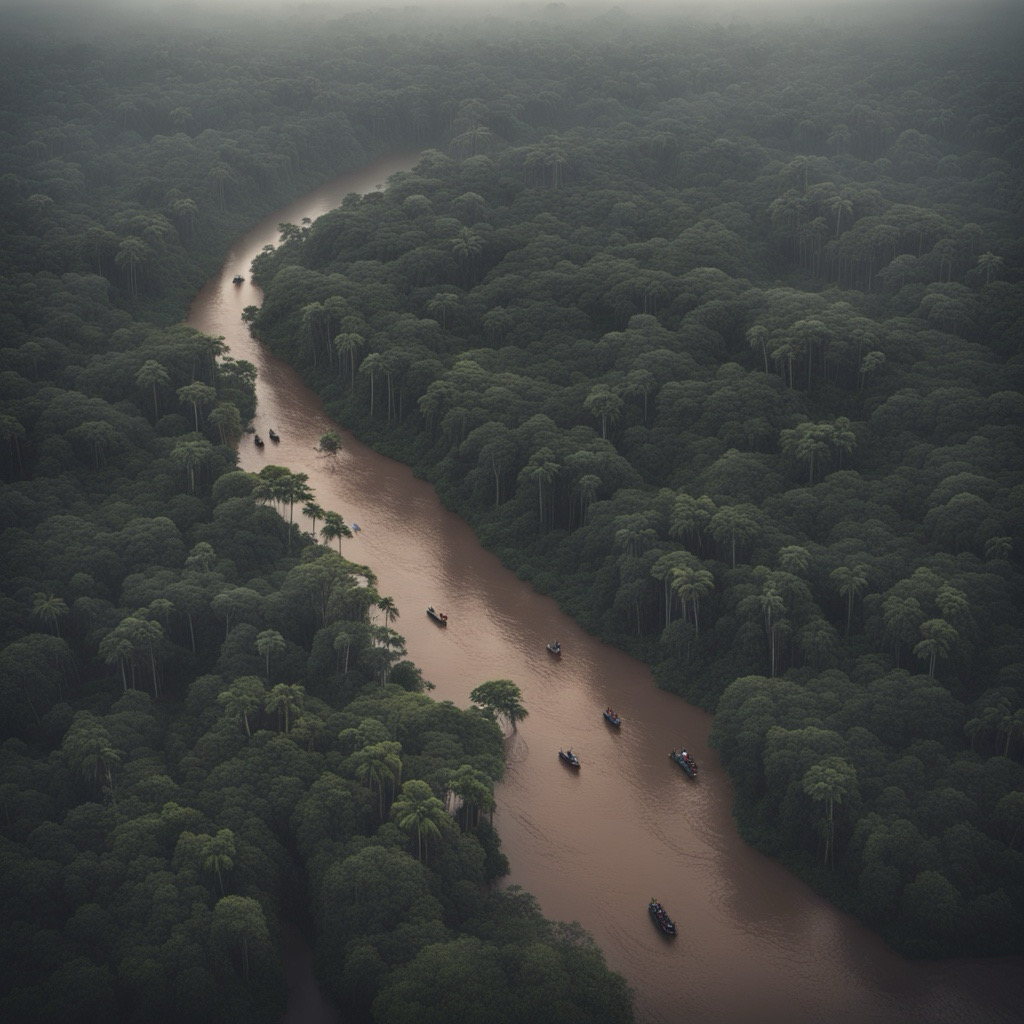Published: 4 months ago

Science
Summary
Astronomers have made a groundbreaking discovery of a super-Earth in the habitable zone of a red dwarf star, just 137 light-years away. TOI-715 b has the potential for liquid water and could harbor life, marking a significant milestone in our understanding of exoplanets.
Article
Past: The recent discovery of a super-Earth orbiting a small, reddish star has stirred excitement among astronomers worldwide. Named TOI-715 b, this planet is about one and a half times the size of Earth and is situated within the habitable zone of its parent star. The conservative habitable zone provides optimal conditions for liquid water to exist on the planet's surface, raising the possibility of habitability. The system may also contain a second, Earth-sized planet, adding to the intrigue of this newfound planetary system.
Observing transits of TOI-715 b has been made easier due to its proximity to its parent star, a red dwarf much smaller and cooler than our Sun. Red dwarfs are known to host rocky planets, making them promising candidates for finding habitable worlds. The frequent transits of these planets across their stars allow for more detailed observations, paving the way for potential studies of their atmospheres. This revelation comes at an opportune time as newer space telescopes like NASA's James Webb Space Telescope are poised to explore exoplanets and search for signs of life.
The team of scientists, led by Georgina Dransfield, made the groundbreaking discovery and published their findings in a prestigious astronomical journal. Utilizing a range of observatories and telescopes, including Gemini-South and the ExTrA telescopes, the researchers confirmed the presence of TOI-715 b and its potentially habitable characteristics. The detection of such a planet within the habitable zone exceeds expectations and offers a wealth of opportunities for further investigation.
Drawing on the PASTOR framework, this discovery represents a significant advancement in our quest to understand exoplanets and explore the potential for life beyond our solar system. The proximity of TOI-715 b and its parent star offers a unique opportunity for detailed observations that may reveal the planet's composition and atmosphere. With the promise of future missions like the James Webb Space Telescope, astronomers are eager to delve deeper into the mysteries of this distant world.
The international collaboration that led to this discovery showcases the power of teamwork in pushing the boundaries of scientific knowledge. By leveraging a diverse array of instruments and facilities, researchers have unlocked a new chapter in the study of exoplanets and planetary systems. The presence of a potentially habitable super-Earth in the system of TOI-715 opens up a realm of possibilities for future exploration and the search for life beyond Earth.
As humanity looks to the stars for answers to age-old questions, the discovery of TOI-715 b reminds us of the vastness and diversity of the cosmos. This newfound world represents a beacon of hope in the search for extraterrestrial life and may hold the key to unlocking the secrets of our place in the universe. With each new revelation, astronomers inch closer to unraveling the mysteries of the cosmos and discovering the true extent of our cosmic neighborhood.
No opinions exist on this article yet!
Be the first one to share an opinion on this article.
This article does not have any attachments.
No Access
Share access to start recording your opinion











